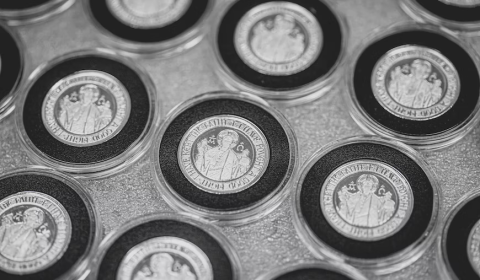A Guide to Different Kinds of Self-Directed IRAs

The following article is created and or curated by the Orion Metal Exchange for the benefit of our followers. We seek to provide relevant precious metals, economic and geopolitical content that can impact your retirement and savings. If you are interested in learning about precious metals investing, call 1-800-559-0088, for a FREE investor kit.
In a self-directed IRA, investors have greater control and can utilize their experience and knowledge to make smart decisions. It grants the investor the ability to diversify their retirement portfolio by investing in more than just mutual funds, bonds, and stocks. With self-directed IRAs, you have the option to invest in private market securities, real estate, and more, as stated by Investopedia.
Self-directed IRAs are also referred to as “Alternative IRAs” due to the abundance of investment options it provides. In this blog, we’ll offer a brief explanation of the different types of IRAs.
Understanding SDIRAs
A self-directed IRA is similar to a Roth or traditional IRA. The account’s function is to provide several tax advantages while expecting investors to adhere to set contribution limits and eligibility criteria.
According to U.S News and World Report, the contribution limit is $6,000 for people below 50 and $7,000 for those above that for the year 2019. You can withdraw your funds when you cross 59 and ½ years old. Alternative funding areas for a self-directed IRA include:
- Gold and other precious materials
- Cryptocurrency
- Real estate
- Tax lien certificates
- Livestock
- Mineral rights, gas, and oil
- Water rights
- Raw or underdeveloped land
- Promissory notes
- LLC membership interest
Traditional IRA vs. Roth IRA
When considering a self-directed IRA, you can either go for a traditional IRA or Roth IRA. The differentiating factor between the two is when and how you’ll get a tax break. A traditional IRA’s advantage is that the contributions become tax-deductible in the year in which they are made. With a Roth IRA, withdrawals in retirement aren’t taxed.
Essentially, the decision-making process boils down to whether you’ll have a high or low tax rate in the future. If you’re anticipating a high tax rate, go for a Roth IRA that will provide delayed tax benefits. If you’re expecting a low tax rate, go for a traditional IRA because of the upfront tax advantage. Being able to determine the tax rate accurately leads to the biggest tax savings.
As for the funding area, we’d recommend investing in gold, silver, or other precious metals. As the global de-dollarization movement gains momentum, gold and silver are expected to continue their steady increases in price.
Orion Metal Exchange is included among the top investment companies in the States. They also provide opportunities for gold and silver investing. Contact us today for more information.






